The kids of ‘A Christmas Story’ share their backstage rituals (and favorite snacks)
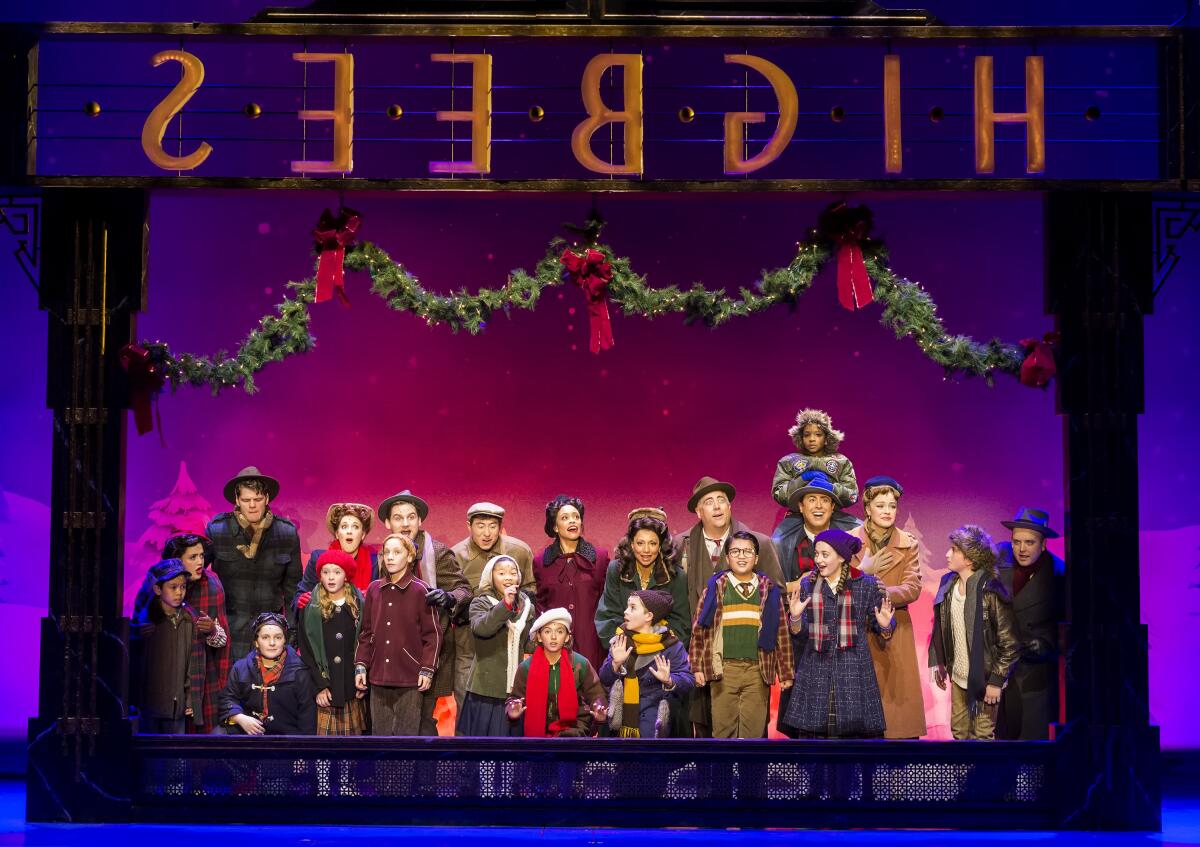
I don’t know about you guys, but I’m beginning to think that newsletter guru and arts columnist Carolina Miranda is not actually on jury duty. Every week she claims she’s still in a windowless courtroom, I become increasingly suspicious that she is actually on an exotic vacation — somewhere with museums on every block and plenty of churros and tinned fish. She checked in yesterday to tell us they have a verdict, which I believe is code for “I’m flying home soon.” In the meantime, I’m Jessica Gelt, pinch-hitting with this week’s essential arts news.
You’re reading Essential Arts
Make the most of L.A. with our guide to events and happenings in the SoCal arts scene. In your inbox once a week.
You may occasionally receive promotional content from the Los Angeles Times.
Backstage fun (and snacks) with the kids of ‘A Christmas Story’
If you’re looking to get into the holiday mood, you can’t go wrong heading for the Ahmanson Theatre to catch a performance of “A Christmas Story, the Musical.” The show stays true to the classic film, but adds some spirited song-and-dance numbers. The script features almost a dozen kids in a variety of roles, and watching their joy on stage is a delight all its own.
The ease with which these kids break into song, or tap dance across the room, belies how hard they have to work. Child actors in big productions still have to go to school — and find ways to have some fun — while rehearsing on a professional level. They put in three or four hours each day in studio school, and all of them go to bed well after 10:30 p.m., when the show ends.
I asked them to take some time out of their busy schedules to explain a bit more about their unique experience, and they broke down the basics for me via email. These kids are kind, well-spoken, talented and clever. And, notably, they seem to be having the best time ever.
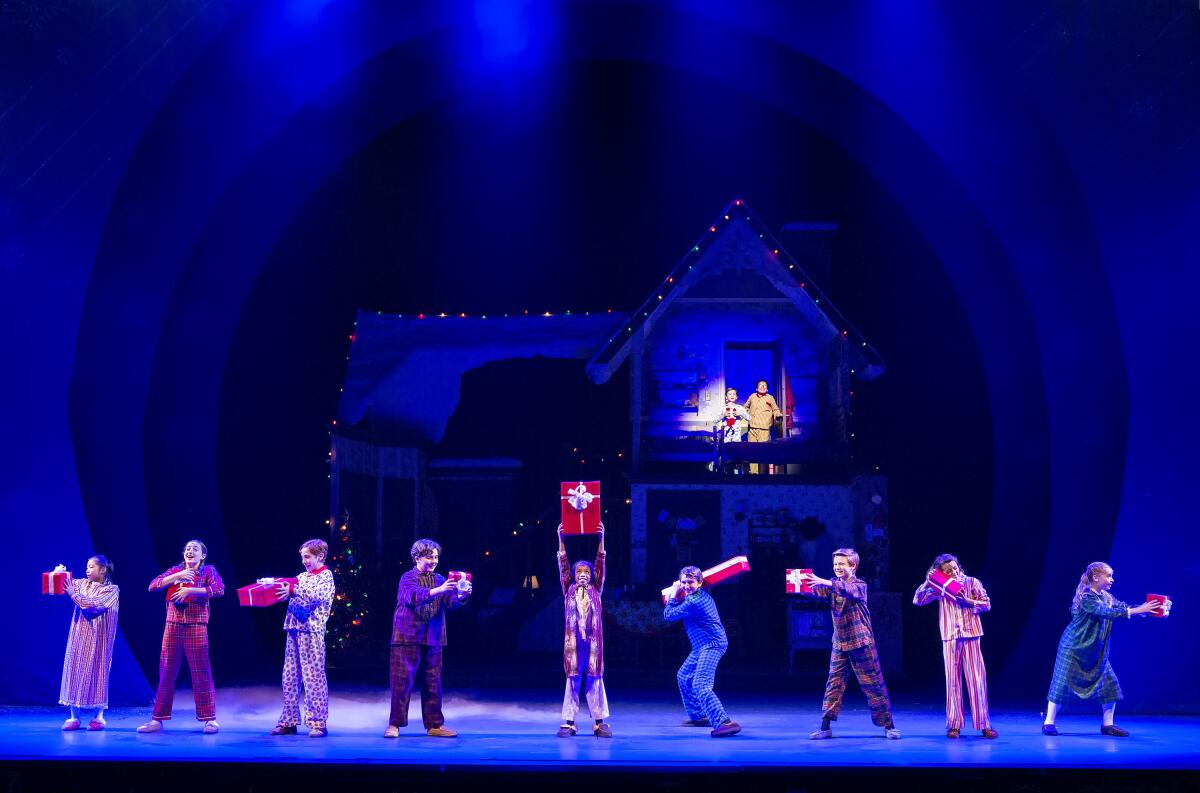
Kai Edgar, who plays the Red Ryder BB-gun-obsessed Ralphie, explains a typical day in the life: “We have studio school for three hours. We all have our own curriculum from our schools, and we sit together in our school bungalow with our studio teachers to complete our work. Then we either have rehearsal or shows. In our free time, we’ve been able to do lots of fun things together, like going to Santa Monica Pier, going bowling, seeing movies, etc. The kids in the cast are so much fun, and we all get along very well.”
A few kids wrote about how the boys’ dressing room had been transformed into a “speak-easy,” which left me scratching my head. An email from Jack Casey (who plays Flick) filled me in: “The boys and I have made a ‘speak easy night club’ in our dressing room. Each one of us brought something in to make the place awesome. We have a disco light, and all kinds of cool party lights. We have a mini-fridge, a basketball hoop, and inflatable jousting. ... we are still waiting for one of our moms to get us a mini-pool table! We hang out, and have a party every day until we have to go on stage.”
Gracious adults take note: These kids love snacks. They need snacks. “We are currently running low,” Casey wrote, “if anyone wants to send us snacks to the stage door: Sour Patch Kids, Swedish Fish, Nerds, Gummy Worms, Starbursts are our basics. We stay away from chocolate because it’s not great for having while in our costumes. We technically can’t eat in our costumes, but the trick is, I put a blanket that I wear (like a snuggie) over my costume and then I’m covered.”
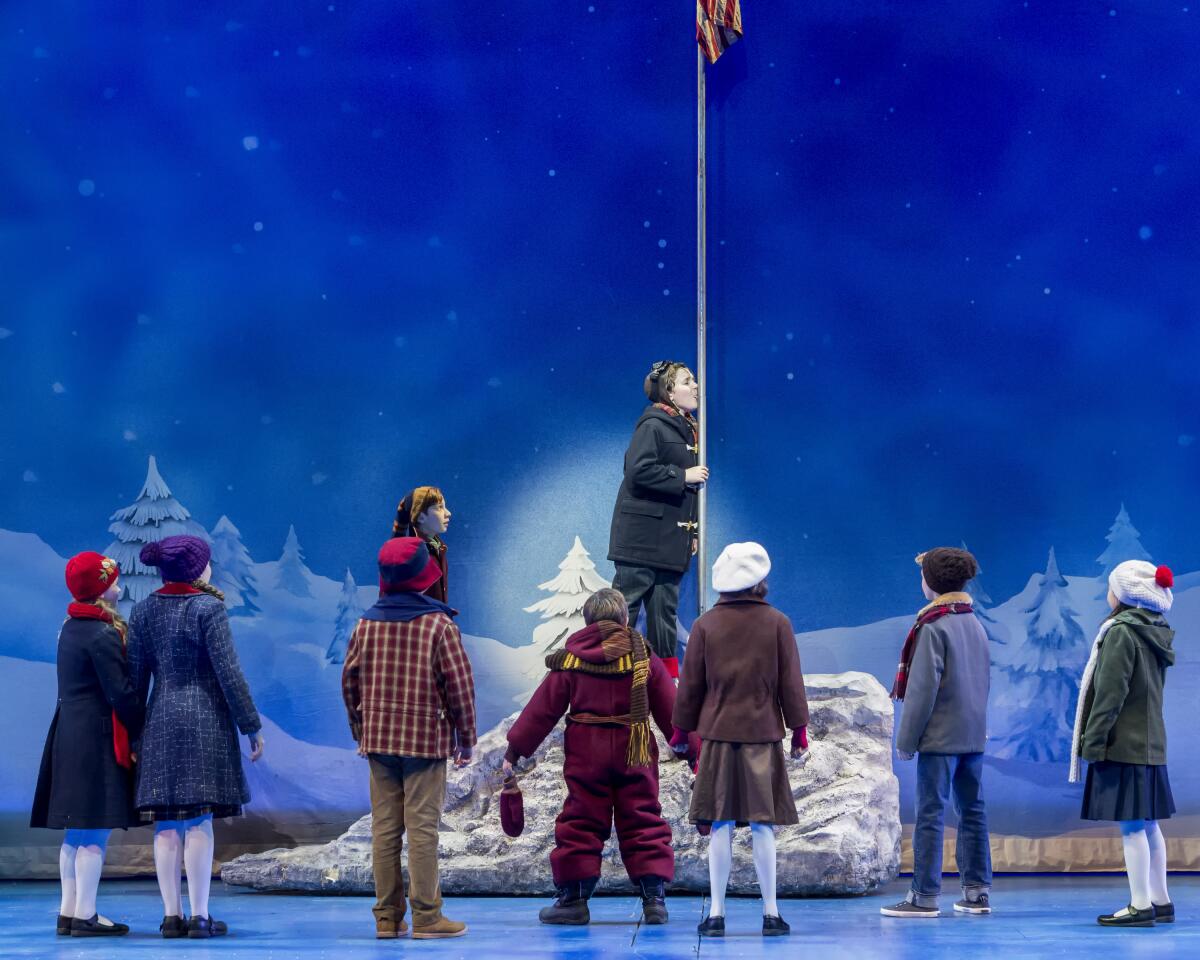
The adults are wary of doling out sugary snacks, according to the kids, but they understand hard work merits a reward. Still, the question arises: How do these fledgling actors simmer down late at night? “Typically I go to bed around midnight,” says tap dancer Addalie Burns (Esther Jane) “because I come home and eat a second dinner and then wind down for the night. Right now it’s my mom and I in Los Angeles and my siblings and dad come in and visit when they can.”
Burns and the others note that they also get to sleep in later than your average school-age kid. Whew!
When it comes to a morning routine, Kayden Alexander Koshelev (Schwartz) has the skinny: “I have a good breakfast right away. I drink hot water with lemon and honey every morning after breakfast for my voice. I take a hot shower to relax and breathe in the steam. Then it’s off to school for 1 to 4 hours usually. Which is fun because you’re in the school room with all of your friends and castmates. Then we either have a show or rehearsals. On breaks, we run around and play, throw a football or jump rope. Sometimes we play soccer or cards. Or just raid the vending machine and eat a bunch of snacks!”
See? Snacks again.
“We like anything sugary, candy, cookies, chips,” wrote Zeke Bernier, who plays Grover Dill. “Parents and cast members bring them. People in the community also deliver treats. Sometimes it’s the kids that discuss what treats to bring.”
At least you can’t shoot your eye out with a cookie.
In and out of the galleries
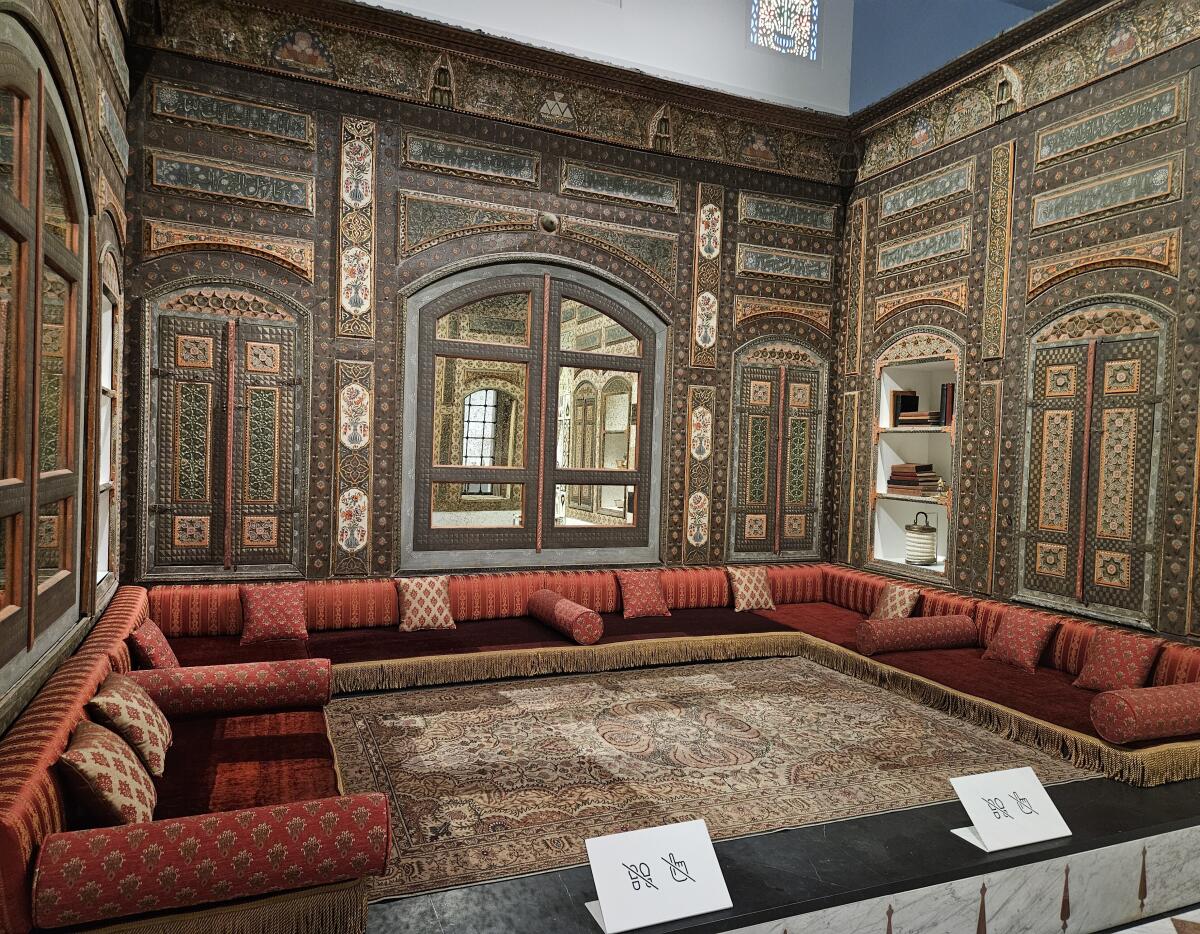
Times art critic Christopher Knight offers a newsletter dispatch about LACMA’s Damascus Room:
“In 2014, the Los Angeles County Museum of Art acquired a mid-18th century winter reception room from a lavish private residence in Damascus. Made from painted wood, gesso relief, metal and stone, it had been dismantled and exported from Syria to storage in London in 1978, as social and political tensions rose at home. The chamber, in need of considerable restoration, was missing its once surely elaborate ceiling.
“Conservation and reconstruction were completed eight years ago, but not until now has the room finally gone on public display in L.A. (In the interim it was shown for two years in a corporate exhibition hall in Dhahran, Saudi Arabia, where an oil company had underwritten the conservation work.) The Damascus Room anchors “Dining with the Sultan: The Fine Art of Feasting,” a large and often exquisite survey of some 250 Islamic decorative arts that opens at LACMA this weekend. The objects are mostly vessels related to the storage, preparation and consumption of food — primarily from Syria, Iran, Turkey and other parts of the Middle East, but with examples from as far afield as Spain and China that show the influences of the often luxurious designs.
“Surprisingly small — at 180 square feet, LACMA’s Damascus Room is considerably less than half the size of a well-known example at New York’s Metropolitan Museum of Art — the two-tiered reception room and its lovely floral, geometric and textual adornments are nonetheless a welcome addition to LACMA’s important Islamic art collection, which is among the nation’s finest.”
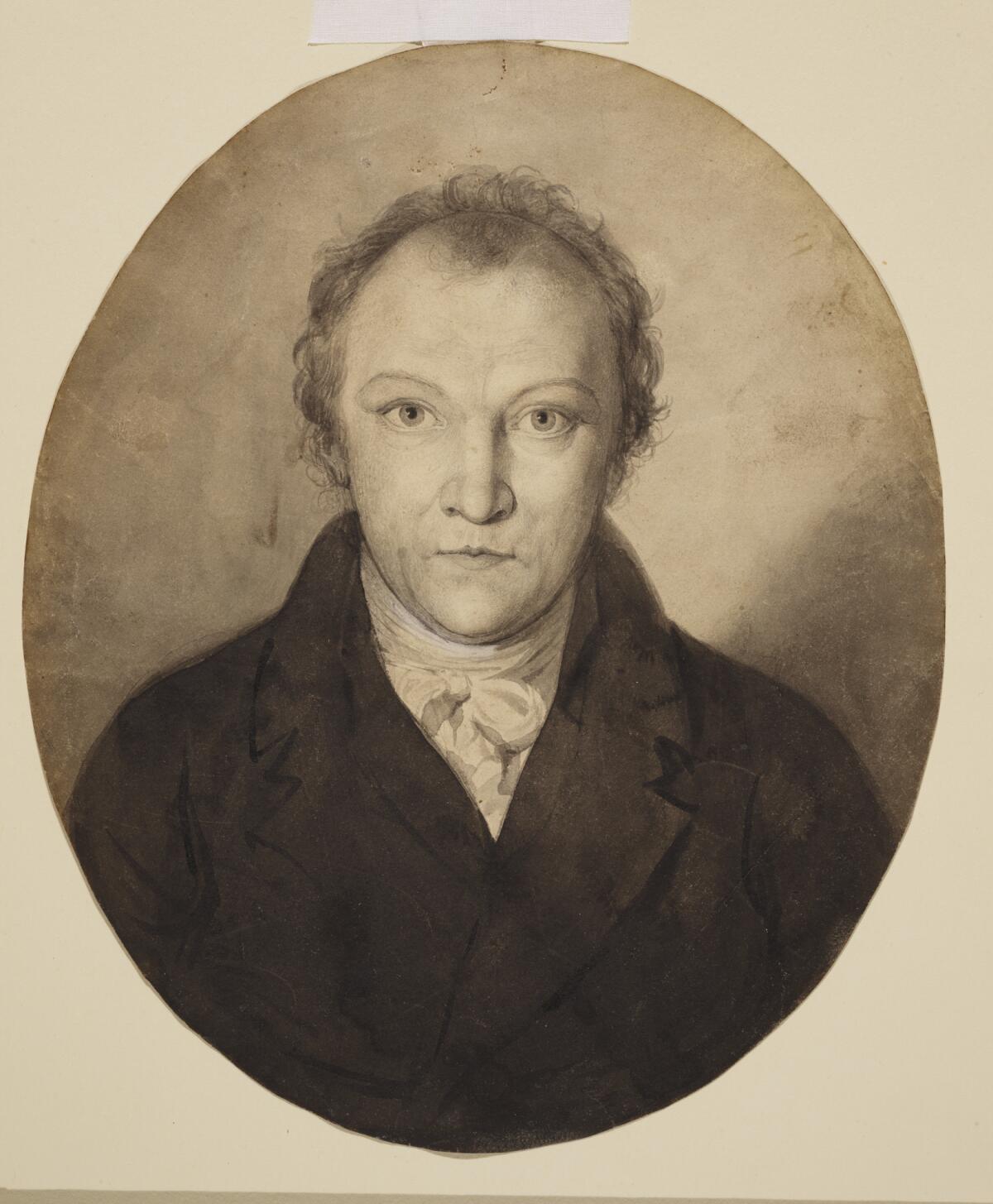
Knight also took in an exhibit of the “wonderfully weird” art of William Blake at the Getty. Titled, “William Blake: Visionary,” the show features 104 works by the famous Romantic poet alongside a few by his contemporaries, including his friend Henry Fuseli. Of particular note is Blake’s only self-portrait, whose striking eyes look as if they might emit “electromagnetic energy beams.”
“The self-portrait is making its United States debut, 220 years after the fact ...” writes Knight. “There’s a delicacy to Blake’s touch, which butts up against the work’s sometimes dark, often apocalyptic imagery. The tension resounds.”
On and off the stage
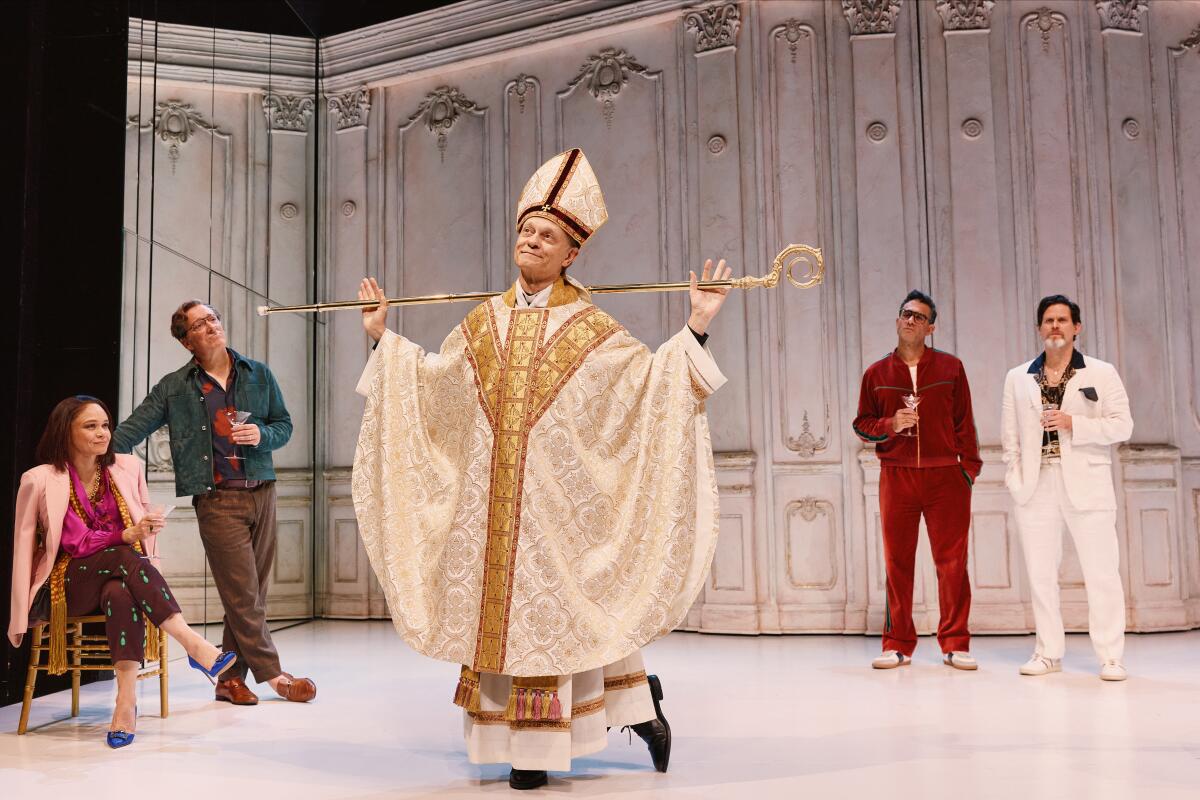
David Hyde Pierce is so much in demand these days that he turned down the “Frasier” reboot. The actor’s heart was drawn to the stage and to a variety of other projects, including the role of Paul Child on the HBO Max show “Julia,” writes Times theater critic Charles McNulty in an in-depth profile of Pierce. McNulty sat down with Pierce during the premiere of “Here We Are,” the final work of Stephen Sondheim, based on two Luis Buñuel films.
The show was at the Shed, a venue in the Hudson Yards on Manhattan’s far West Side, and McNulty noted that when Pierce arrived onstage dressed as a bishop, the crowd gasped with glee.
“The issue of whether ‘Here We Are’ represents a finished work has become an open debate in theater circles,” McNulty writes. “For Pierce, this was not an overriding concern.”
“It wasn’t so much a question of whether this was unfinished,” Pierce told McNulty. “It was more a question of what is this. Because it’s not just Steve’s music. It’s also David Ives’ book, and the interaction between them. One of the great strengths of the production is that all the people in charge — Joe, Sam Pinkleton, our choreographer, Alex — were willing to watch what happened in rehearsal, all the while maintaining, either consciously or unconsciously or supernaturally, this sense of whatever Steve was going for.”
Enjoying this newsletter? Consider subscribing to the Los Angeles Times
Your support helps us deliver the news that matters most. Become a subscriber.
Classical Notes
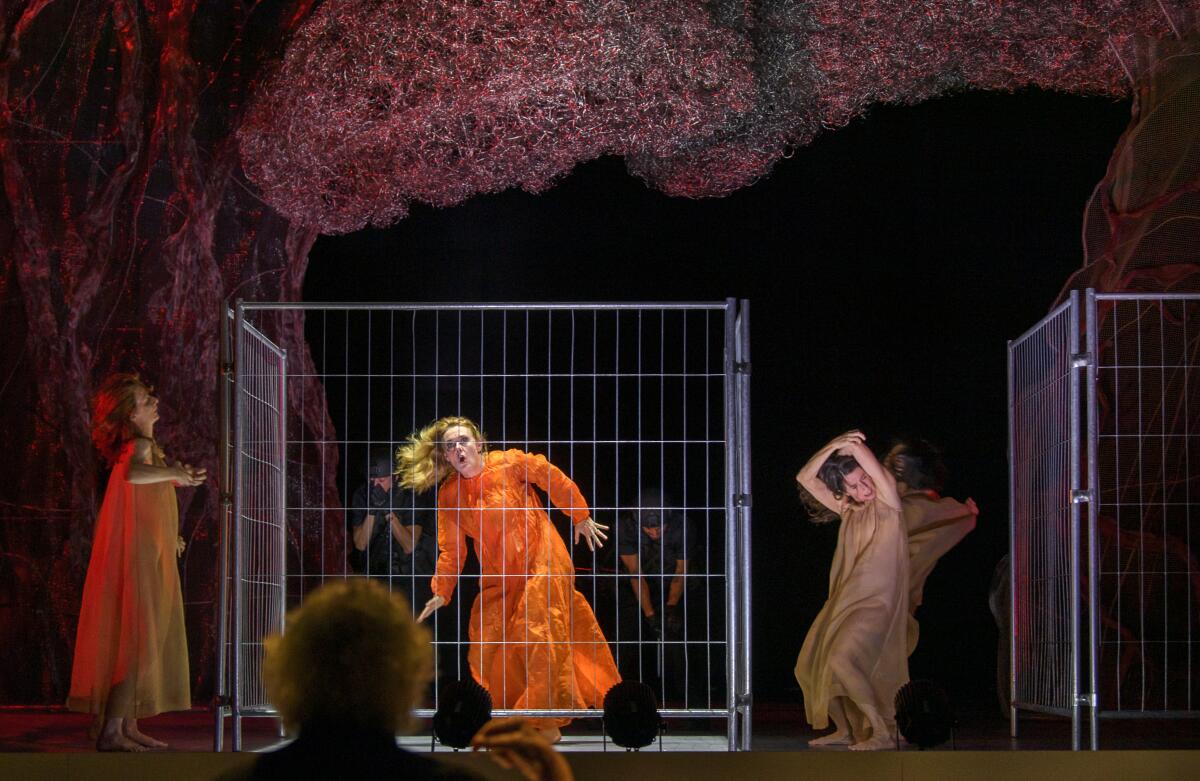
Times classical music critic Mark Swed checked in from Germany, where he had seen a Peter Sellars’-directed production of “Médée,” at the Berlin State Opera featuring a set by Frank Gehry and starring Czech mezzo-soprano Magdalena Kozená (whose husband, Simon Rattle, conducted the orchestra).
“’Médée’ did not so much ... raise alarming questions as provide alarming answers,” writes Swed. “Moment by moment over three hours, we witnessed Medea’s mind in action, how she could reach the point where murdering her children would be emancipation.”
Swed goes on to discuss the ways a work from 1693 can speak to the “incomprehensible violence of our times.”
Essential Happenings
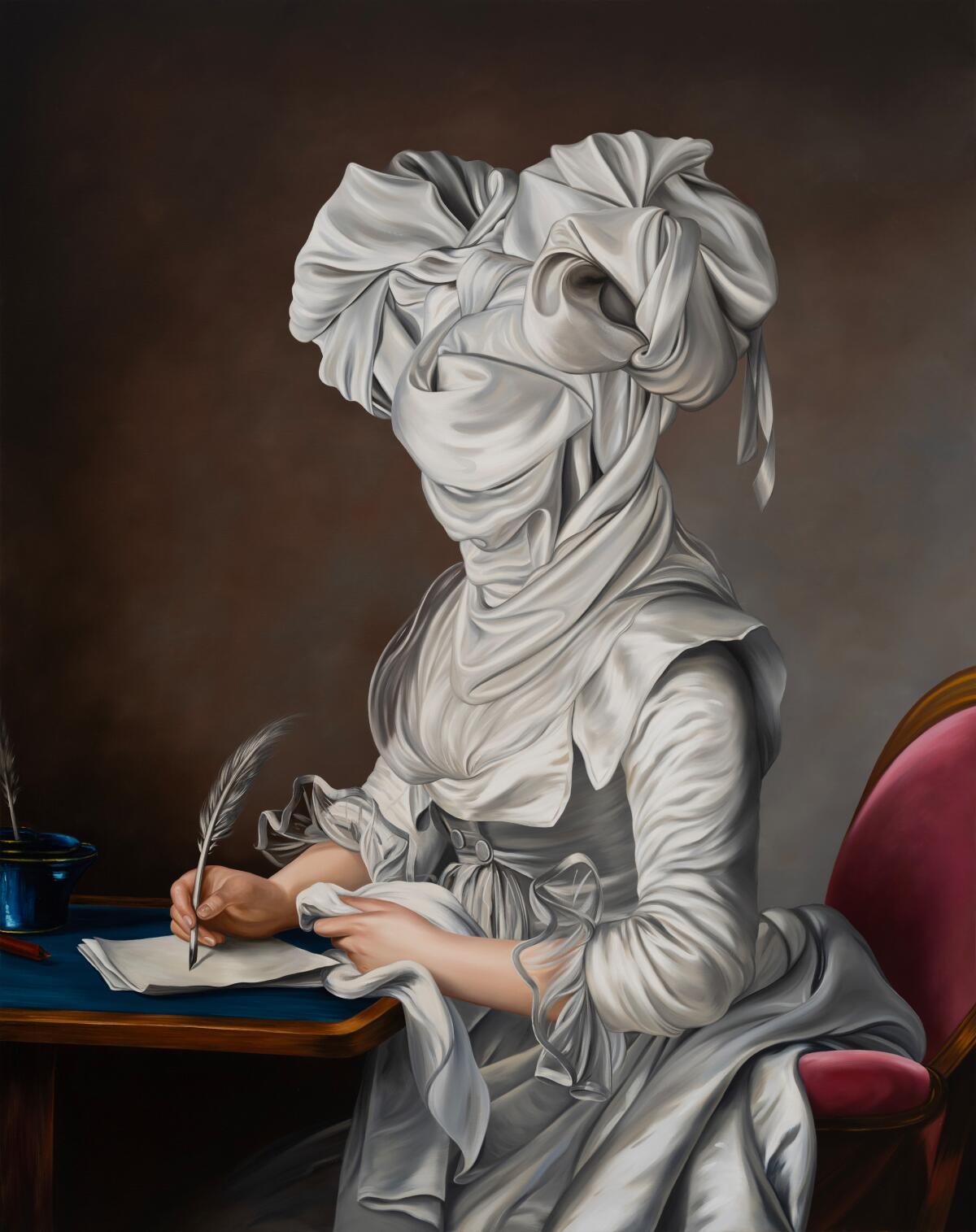
Steven Vargas has once again rounded up all the best arts events on the books heading into peak holiday season, including ‘Ewa Juszkiewicz: In a Shady Valley, Near a Running Water’ at Gagosian; singer Doris Anahí at the Wallis; and pianist and composer Dan Tepfer’s performance of music from his recent video album “Natural Machines” at the Nimoy.
Moves
The organization Anonymous Was a Woman announced the recipients of its 2023 awards, offering unrestricted grants of $25,000 each to 15 women-identifying artists over 40 who have made significant contributions in their fields.
Passages
Renowned stage director Michael Blakemore died Sunday at 95. Blakemore held the notable distinction of being the only director in Broadway history to win two Tony Awards for best play and best musical in the same season.
In the news
—Students in a French classroom were reportedly disturbed by a Renaissance painting by Giuseppe Cesari that shows the nude goddess Diana surrounded by bathing nymphs being watched by the hunter Actaeon. The picture was shown to 11- and 12-year-old students at Jacques Cartier school in Issou, after which some students and parents complained. Controversy ensued.
—French art historian Louis-Antoine Prat, who is also the chair of the Friends of the Louvre membership group, has been accused of slandering a well-known art dealer in a short story titled “Les Allées du salon.”
—A six-by-five-foot portrait of Oprah Winfrey by Chicago-based artist Shawn Michael Warren has entered the permanent collection at the Smithsonian’s National Portrait Gallery in Washington, D.C.
And last but not least ...
In case you missed it, a 26-year-old man (who was suspected of being under the influence of drugs) was arrested after streaking inside Disneyland’s most tot-friendly ride, “It’s a Small World” late last month. I know I shouldn’t, but I laugh every time I think about it.
The biggest entertainment stories
Get our big stories about Hollywood, film, television, music, arts, culture and more right in your inbox as soon as they publish.
You may occasionally receive promotional content from the Los Angeles Times.




